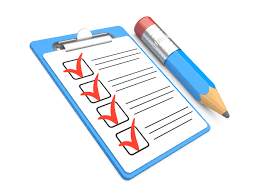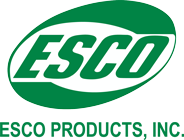Loading...
30 view(s)
 I recently interviewed a person who developed, implemented and sustained their company’s reliability program. The company realized tremendous results from these changes, extending the intervals between oil changes and reducing repairs and downtime on their equipment. How did they succeed where so many others have failed?
I recently interviewed a person who developed, implemented and sustained their company’s reliability program. The company realized tremendous results from these changes, extending the intervals between oil changes and reducing repairs and downtime on their equipment. How did they succeed where so many others have failed?
- Having a Reliability Leader - It’s important to have someone in charge of developing the lubrication practices at your facility. Choosing a leader who is knowledgeable and passionate about reliability is imperative. This person should create procedures and make sure all employees are aware of any changes
- Consolidating Lubricants - Reducing the different types of lubricants being used is a good starting point. You may find that you can cut the number of oils your facility uses in half, simply by evaluating the current recommendations. You may also find that you haven’t been using the best type of lubricant for each application.
- Centralized Storage – Designating an area for lubricant storage is imperative. Making sure everything is properly stored and labeled is the first step. Many failures are attributed to someone adding the wrong type of oil. These failures are easy to avoid if the type of oil is clearly labeled and easy to locate. You want to be certain that everyone knows where to find a lubricant and where to put it back when done with it.
- Documentation - Having written procedures is essential in creating a proper lubrication program. Without documentation, it’s going to be difficult to evaluate your current practices, sustain any improvements, or ensure new employees know how you expect things to be done. There needs to be clear instructions every step of the way. This includes: Receiving & storing new lubricant's; dispensing new lubricants; drawing proper samples for analysis; equipment checklists
- Oil Analysis - Sampling oils is one practice in which I see a lot of confusion. If done properly, this is a great way to catch early problems before they result in critical failures. If done wrong, this can be a complete waste of time and money. There are some important things to consider before implementing oil sampling. a.) Will you make changes based on those results? b.) Do you know how to read the oil analysis reports? c.) Are you testing your oil for the correct things? d.) Are you pulling samples in a proper way to ensure you get accurate representative samples?
